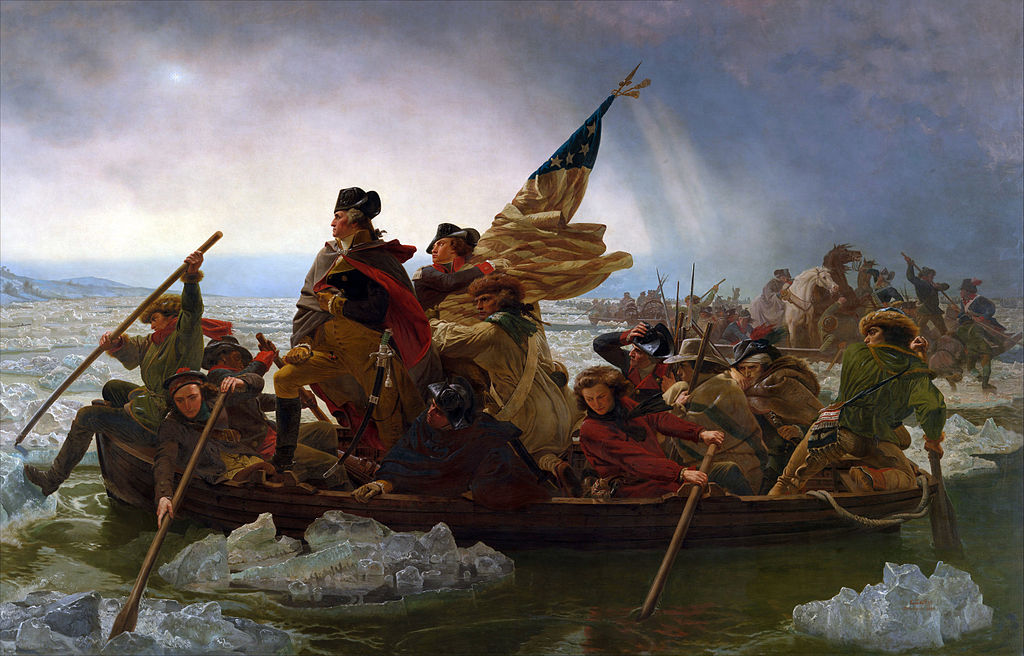In the fall of 1887, Nikola Tesla was scared. Three years earlier, he had emigrated from Europe to New York City, set on becoming an electrical inventor. He had pinned his hopes on inventing an electric motor that used alternating current (AC) instead of direct current (DC), and had just demonstrated such a motor to one of his backers, Alfred Brown.
But, when Brown saw that Tesla's amazing new motor consisted of a shoe-polish tin spinning around in the middle of a large doughnut-shaped coil, he was distinctly unimpressed. How could a spinning tin can represent a revolution in electrical technology? Why would anyone replace Thomas Edison's recently introduced DC-powered incandescent lamps with such a piddling AC motor?

